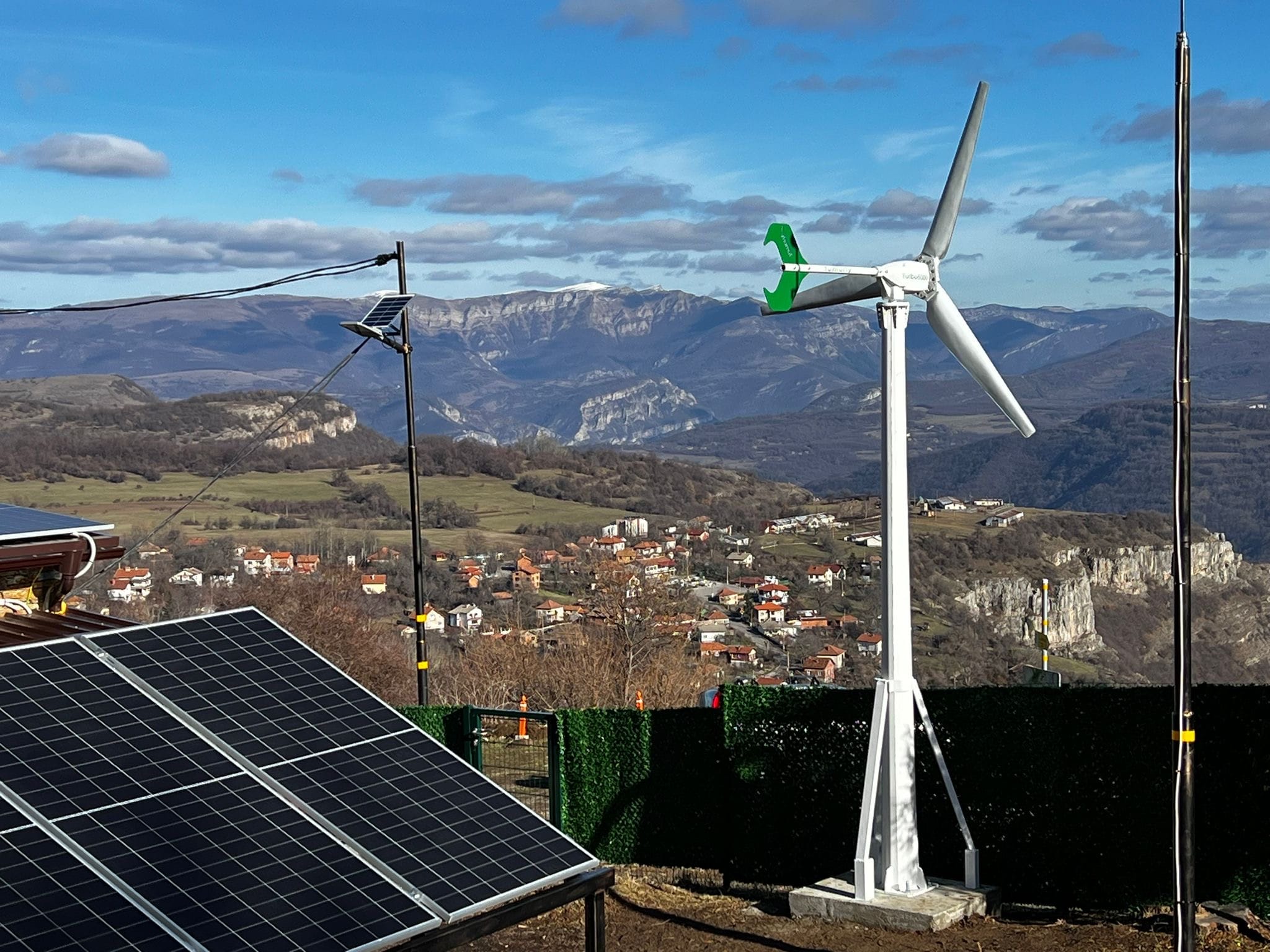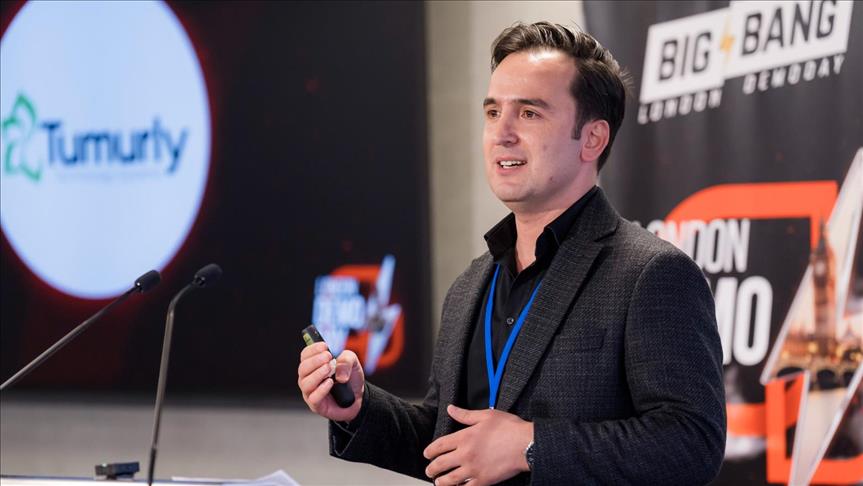Wind energy, a major renewable energy source, now offers small-scale turbine applications that can be installed on buildings in just 5 hours and generate up to 10 kilowatts of electricity.
The growing demand for electricity is driving technological advancements in the clean energy sector, while innovative business models are making it easier to meet energy needs.
Small-scale wind turbines can be applied to telecommunications base stations, highways, production facilities, hospitals, agricultural irrigation areas, defense industry facilities, as well as on rooftops, gardens, or building facades of standalone homes.
Furkan Yazici, CEO of Tumurly Technology Systems, Türkiye’s first and only small-scale wind turbine manufacturer with national and international quality certification, told Anadolu that as a company, they focus on portable, modular, and small-scale wind turbine technologies.

Annual production of these turbines exceed 2,000 units and are exported to 42 countries across six continents, Yazici said.
The products, made with 100% local resources, are developed with research and development support from Scientific and Technological Research Council of Türkiye (TUBITAK), he added.
‘Our headquarters is in Istanbul, and production takes place at our Istanbul factory. We also develop software, R&D, and remote monitoring systems at ITU ARI Technopark, a 2% shareholder of Tumurly,’ he explained.
He noted that their target audience includes customers who already use solar systems. However, the company aims to integrate small-scale wind turbines with existing solar energy systems for hybrid use.
– Small scale turbines designed to provide continuous electricity
‘We aim to support meeting electricity needs with wind energy, especially at night or when solar energy is unavailable.’ he added.
Yazici pointed out that these small-scale turbines can generate 4 to 5 times more electricity annually compared to solar plants of the same capacity, emphasizing that the turbines can provide continuous electricity as a primary source.
He explained that the turbines require a minimum wind speed of 3.5 meters per second to generate electricity, adding, ‘Beyond this speed, our automatic braking and protection systems come into play in case of excessive wind. We can monitor and control the turbines remotely at any time.’
The blade strength and quality adhere to international quality standards, he said. The company first analyzes the customer’s building using satellite and similar applications, then calculates wind measurements from previous years using these tools, he added.
Noting that the cost for a 1 kilowatt wind turbine is approximately $1,000, Yazici said that the average electricity demand of homes ranges between 3-10 kilowatts.,
‘The installation cost of the turbine is amortized in about 4-5 years,’ he stated.

